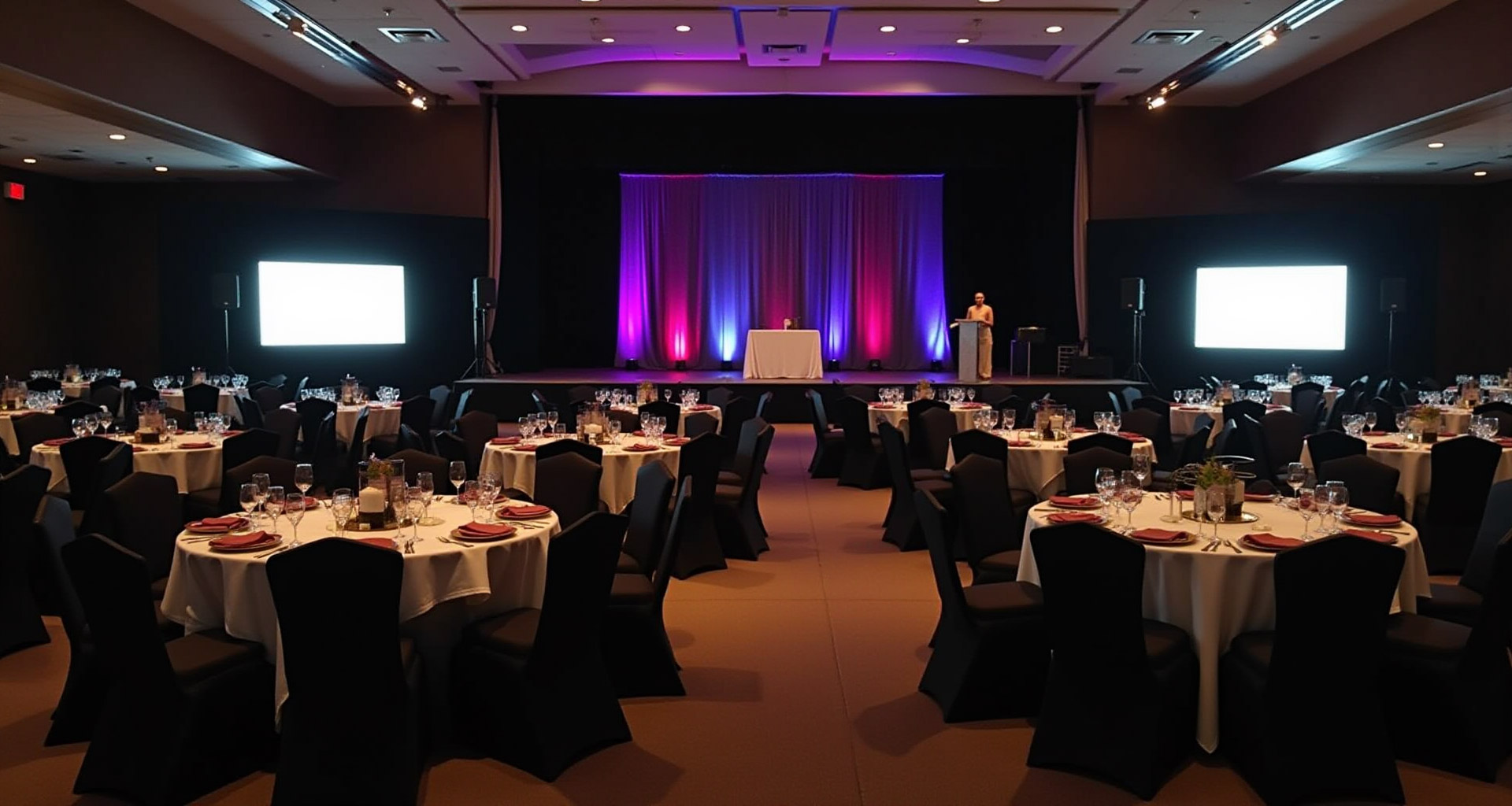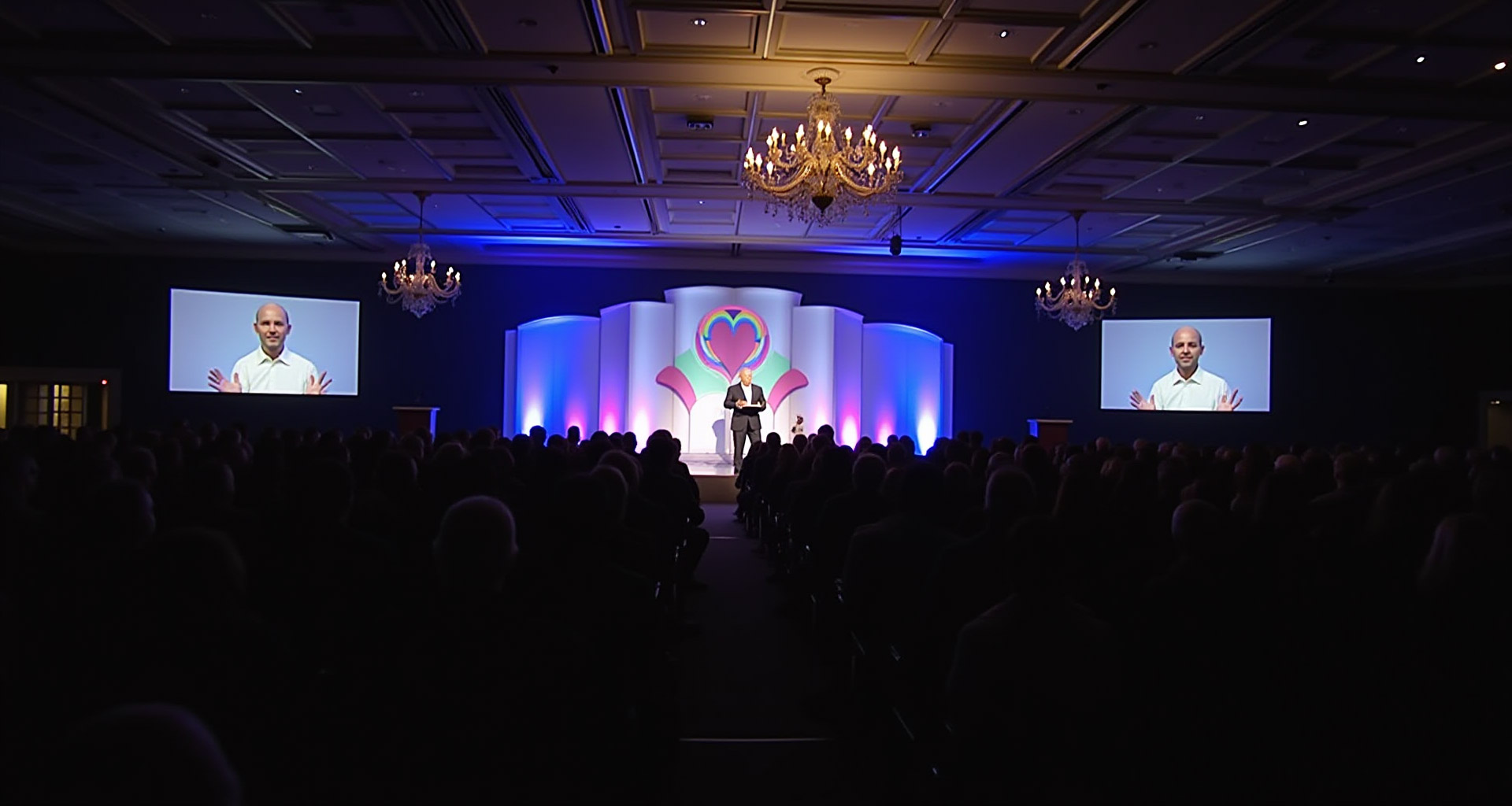
Sensory deprivation at corporate events: a revolution in the world of team effectiveness with numerical achievements
- by Ethan Hart
Sensory deprivation is a progressive methodology, which implies limiting the impact of external stimuli, such as light, sound, and tactile sensations. Historical data testify about its application in most diverse fields — from therapy to education, where it contributes to the weakening of stress and improving concentration of attention. In therapeutic application, this method helps patients find ways to relax and resolve internal conflicts when speech goes about the educational sphere, sensory deprivation is effective in the improvement of the assimilation of information due to the eduction of na number of distracting factors, which is confirmed by numerous studies. For successful realization of similar events in a corporate environment, it is worth turning to professionals, such as event management company.
Newest realities of application of deprivation techniques in corporate environment

The interest in the corporate world in sensory deprivation rapidly grows. In the last five years, many known companies began to integrate elements of this methodology in their programs to raise the efficiency of training and engagement of employees. For example, companies Google and Apple created specialized rooms for meditation and deprivation, temporarily offering employees the the opportunity to seclude and concentrate on internal processes. Thus, data corporations raise productivity to new heights. Find out more about approaches of data companies here.
Scientific approach to concentration and memorization: influence of sensory limitation
Modern studies unequivocally demonstrate that sensory deprivation contributes to the improvement of concentration and memorization of information by not less than 25%. Limiting external irritants allows the the brain the to focus exclusively on processing received information without distracting factors. In the context of corporate events, this practice becomes extremely useful, especially in training and workshops, where necessary, that participants successfully master new knowledge and skills.
Optimization of events with use of sensory deprivation: step-by-step guide

Organization of events with elements of sensory deprivation requires thorough preparation and a careful approach to all technical and logistical aspects. Present to your attention a range of important recommendations:
- Choice of suitable room: Necessary to ensure sound insulation and the possibility of adjustment of lighting. Use special capsules or rooms for meditation.
- Provision with necessary equipment: Prepare systems of sound isolation, adjustment of light, as well as special headphones and masks for eyes.
- Optimization of the duration of sessions: Recommended duration of deprivation constitutes from 20 to 60 minutes, which allows to maintain attention and gives time for adaptation.
- Detailed instructions to participants: Before the start ofthe even,t explain to participantsthe goals and advantages of sensory deprivation forthe reduction of fear and improvement of perception.
- Integration in general program: Ensure, that sessions harmoniously fit in general schedule.
Possible challenges: analysis of risks and their minimization

Despite impressive advantages, sensory deprivation can be accompanied by certain risks. For some participants, conditions of complete isolation from external stimuli can become a source of discomfort or anxiety. Exist best practices that help to minimize these risks:
- Conduct preliminary consultations with participants for identification of possible contraindications.
- Ensure the presence of qualified personnel capable of providing necessary assistance.
- Offer operational options of choice of isolation level — use only sound or light deprivation.
Successful cases of sensory deprivation: examples from corporate practice
In practice, the effectiveness of sensory deprivation has already been confirmed by the realization of successful corporate events. For example, a large consulting company organized a series of workshops where the application of sensory deprivation allowed the level of assimilation of material to increase by 30% compared to traditional training methods. Participants noted that after participating in sessions, they felt more focused and relaxed, positively influencing their perception of information.
Another example is — an international IT company that integrated regular sessions of sensory deprivation into its educational program. Results were impressive: employees became not only more productive and more motivated but also the level of stress among personnel substantially decreased, which was confirmed by regular internal evaluations.

My name is Ethan Hart and I am a Junior Web Developer for Oswald Technologies. I am an accomplished coder and programmer.
Sensory deprivation is a progressive methodology, which implies limiting the impact of external stimuli, such as light, sound, and tactile sensations. Historical data testify about its application in most diverse fields — from therapy to education, where it contributes to the weakening of stress and improving concentration of attention. In therapeutic application, this method helps…